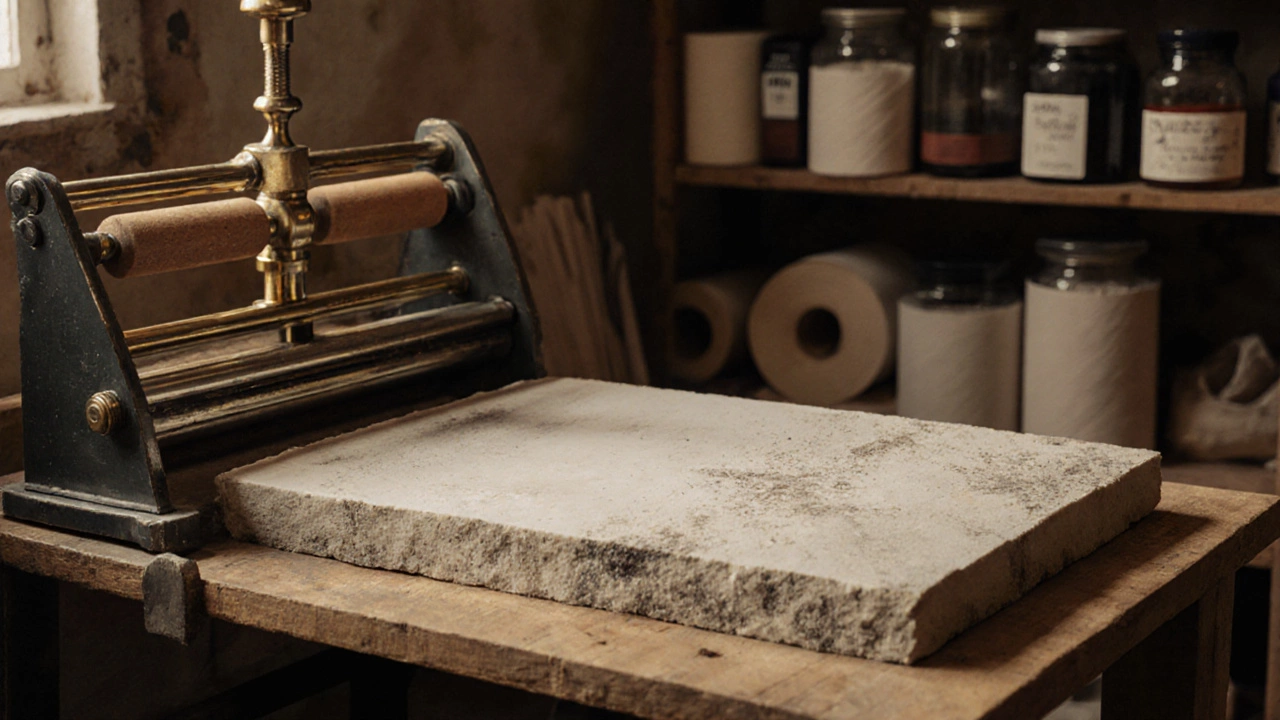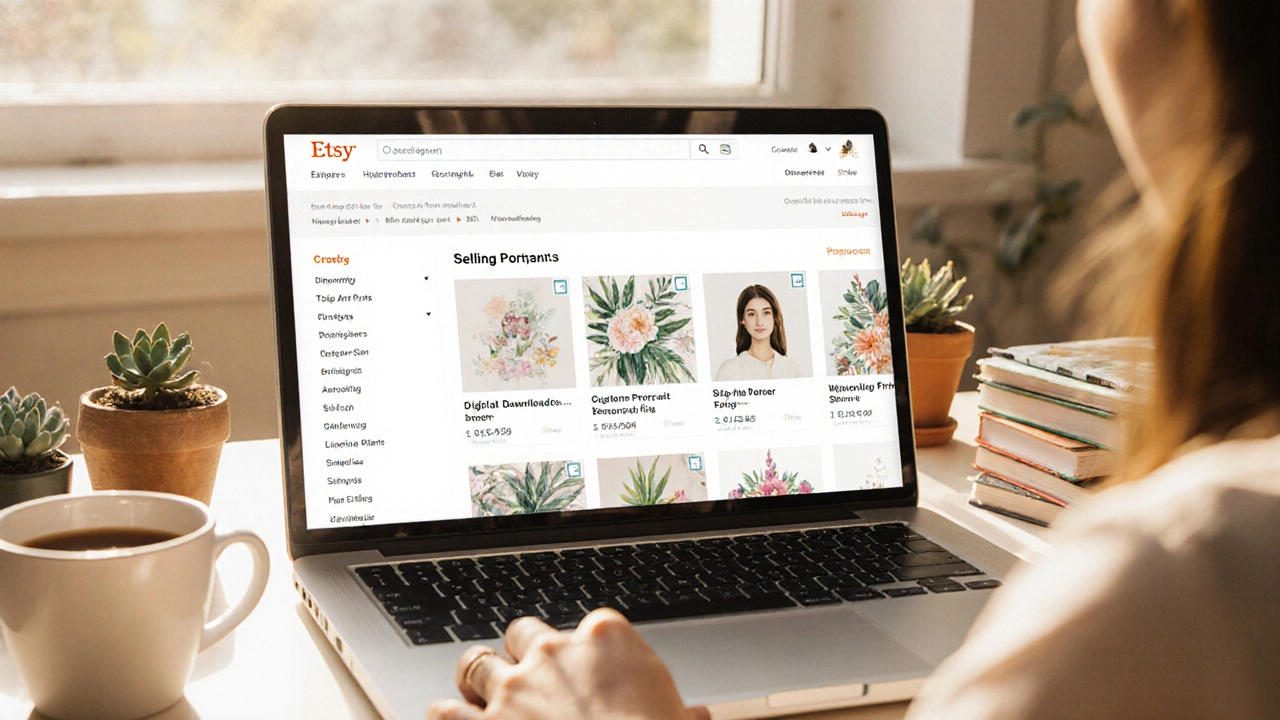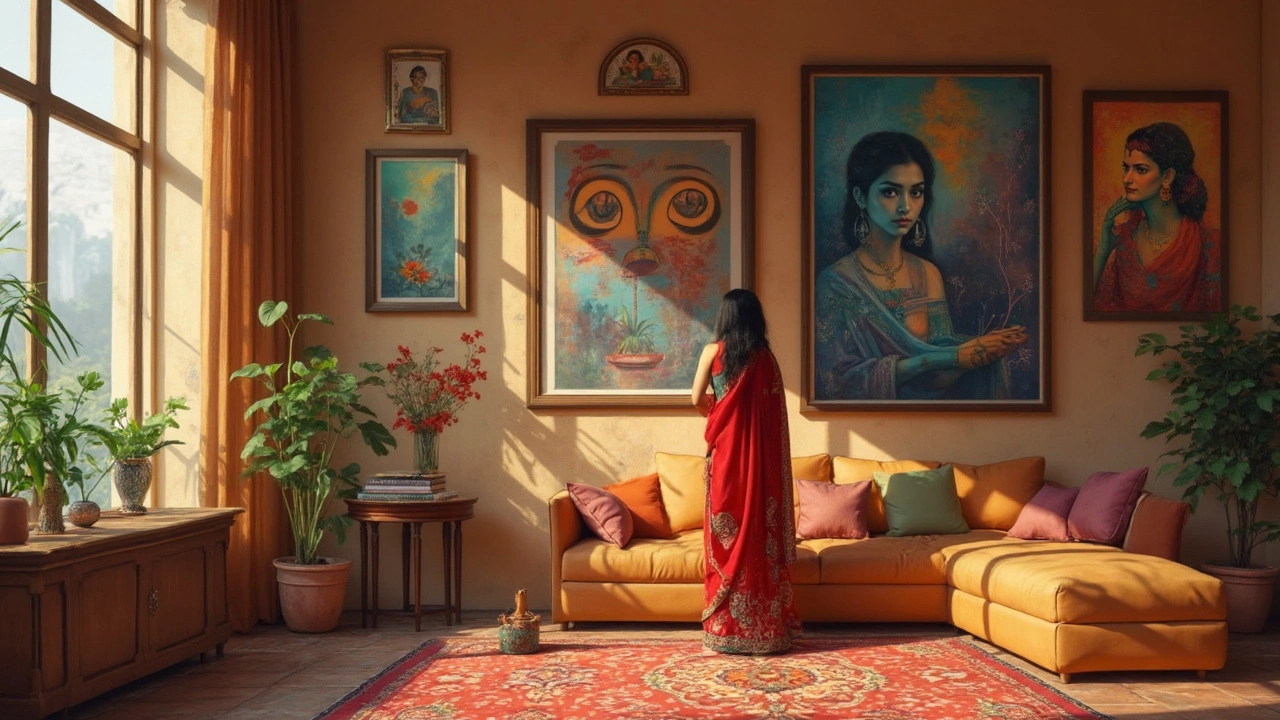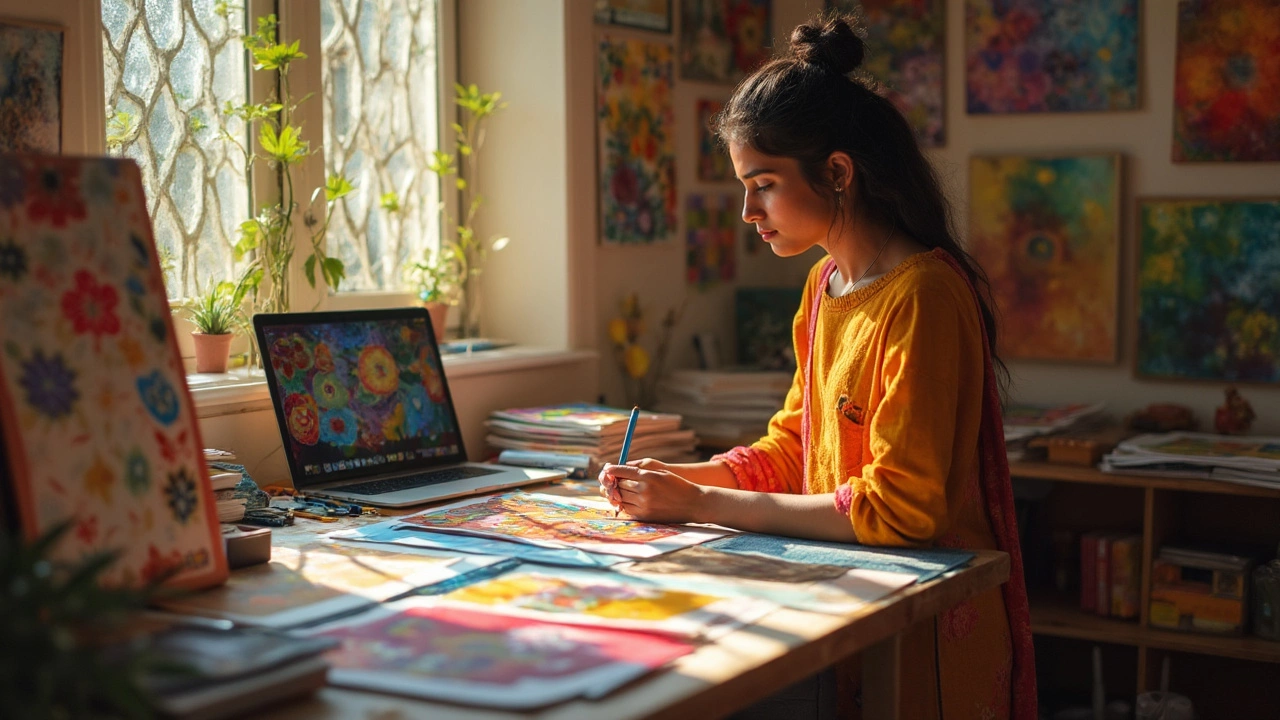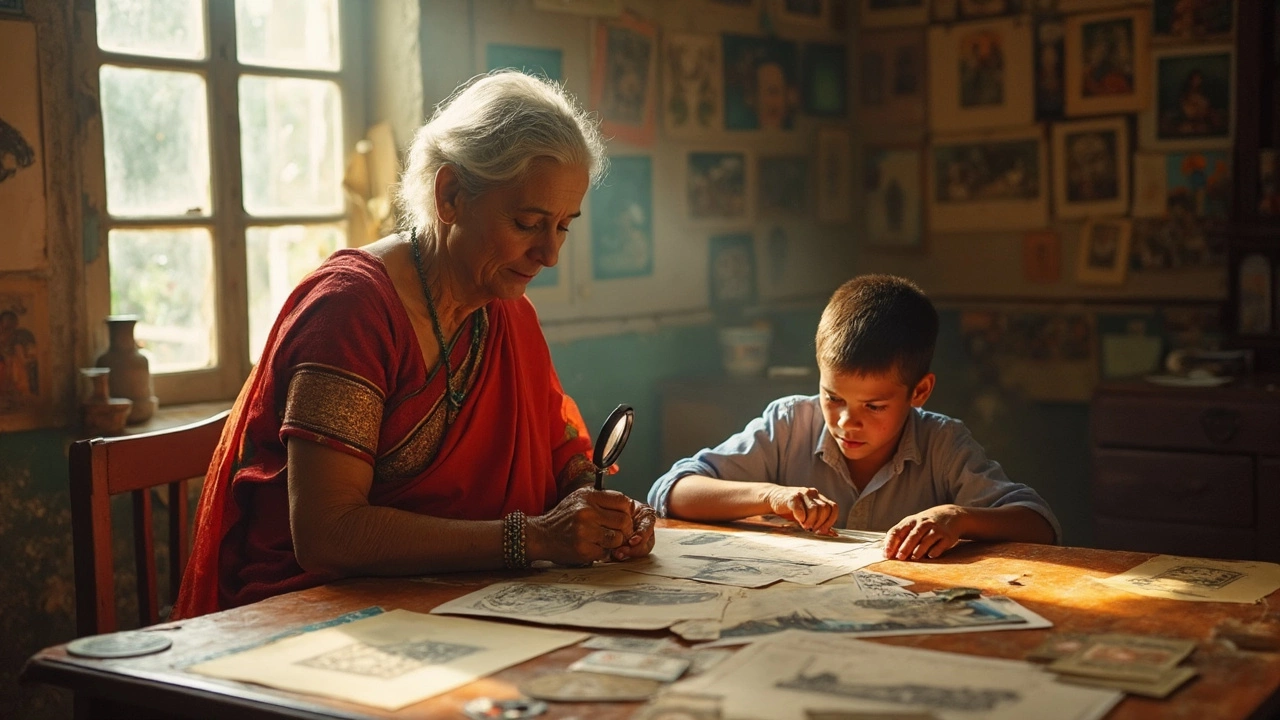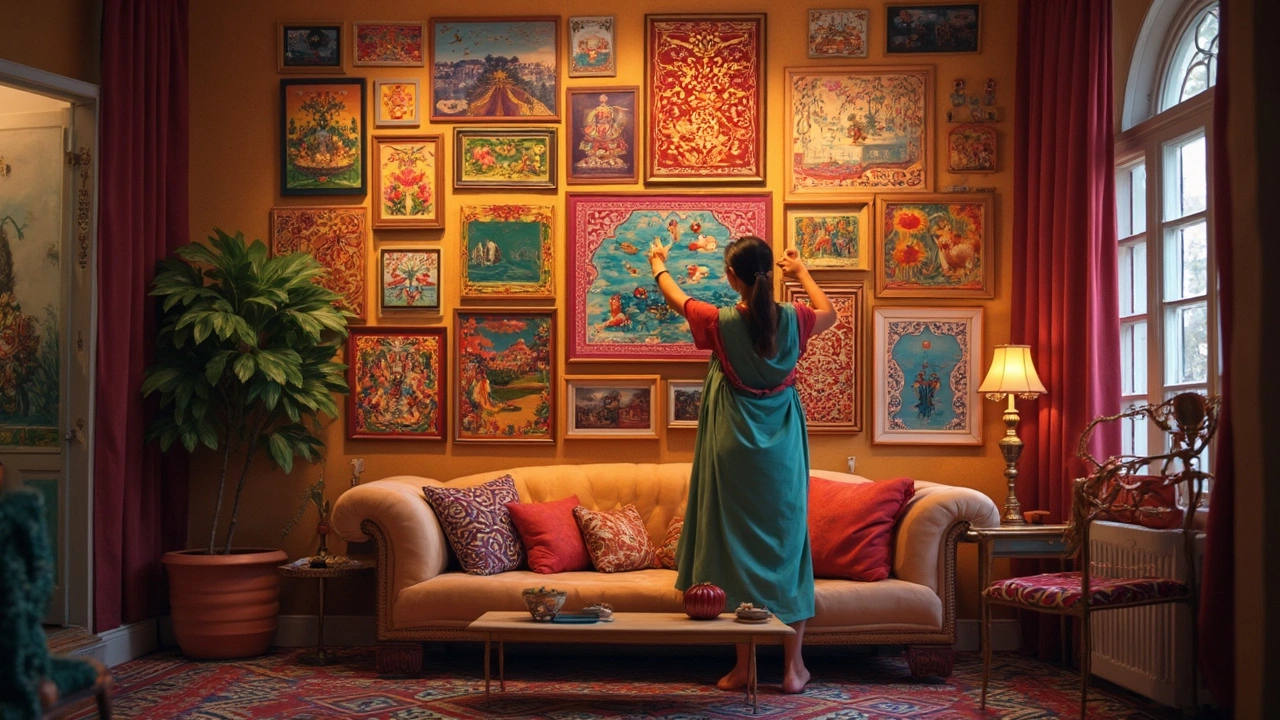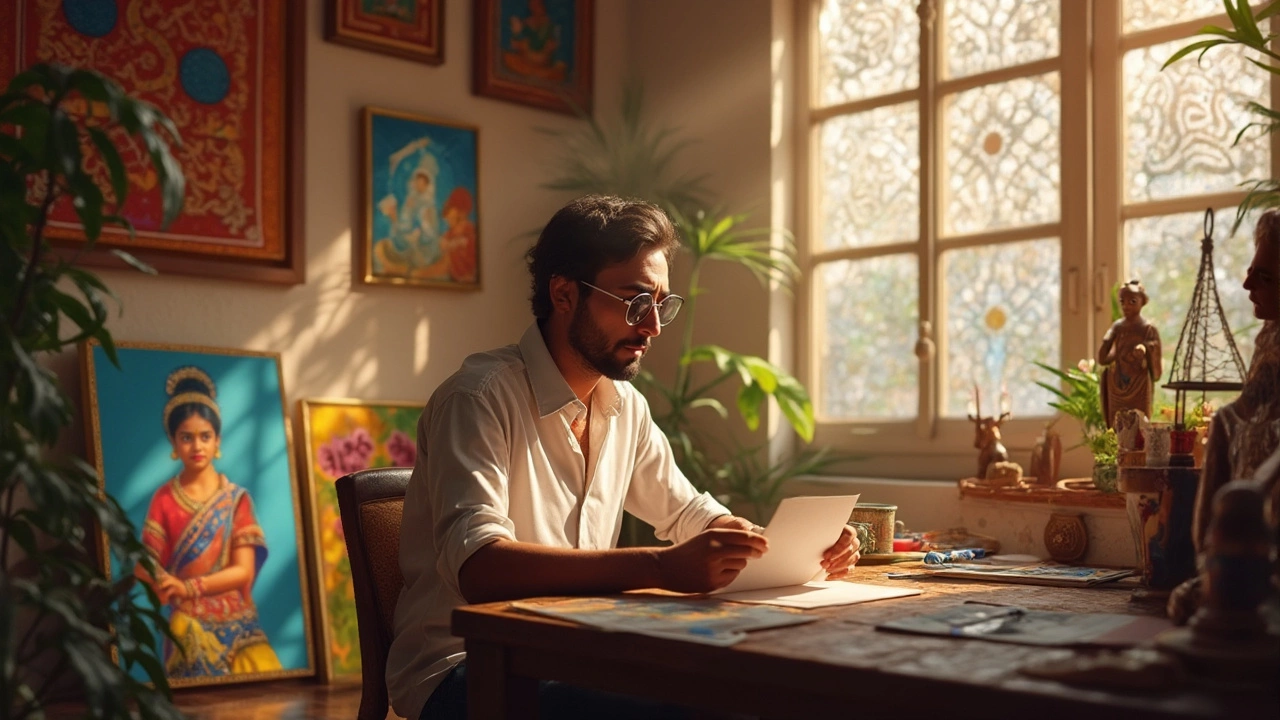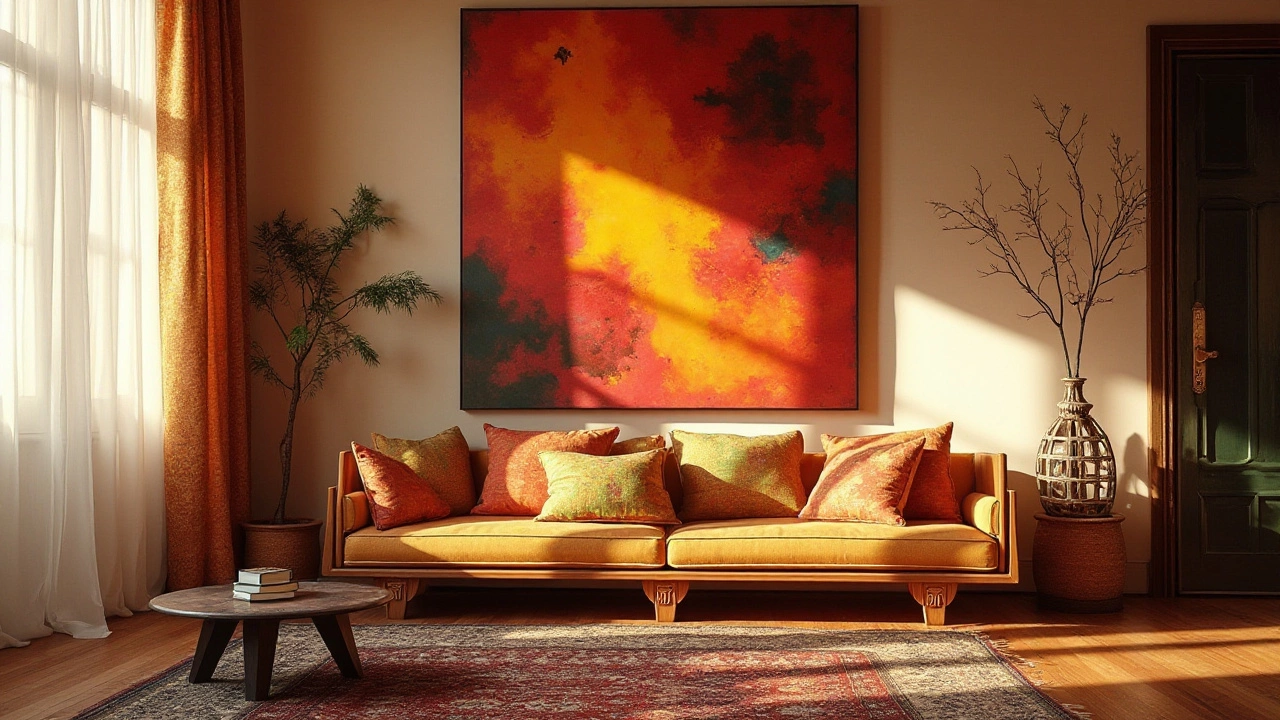Art Prints: What You Need to Know Right Now
Art prints are the go‑to way to fill a wall without splurging on an original. Whether you’re a buyer hunting for that perfect piece, an artist looking to sell more, or a collector hunting hidden gems, the right info makes all the difference. Below you’ll get straight‑forward advice you can act on today.
Picking the Perfect Size for Your Space
Size matters more than you think. Large prints (24×36 inches and up) create a statement in living rooms or offices, while smaller formats (8×10 or 11×14) fit snugly above desks or bedside tables. Think about the wall’s dimensions first, then match the print so it feels balanced—not cramped or overwhelming. Most shoppers gravitate toward standard frames because they’re easy to hang and find, so offering those dimensions can boost sales.
Spotting Value: How to Tell If a Print Is Worth Money
Not every print is a cash cow. Look for these clues: a clear artist signature, a limited edition number (like 23/100), and a reputable publisher or museum label. Condition is key—any creases, fading, or missing edges drop the price fast. If the print is older, research the artist’s market history; some vintage listings fetch surprisingly high bids when the right factors line up.
For buyers, start by checking the provenance. A short note from the seller about where the piece came from can save you from a bad purchase. For sellers, include high‑resolution photos of the back of the print, the edition details, and any authenticity certificates. Transparency builds trust and often leads to quicker sales.
If you’re an artist, turning your work into prints opens a new revenue stream. Begin by digitizing your art with a high‑quality scanner or a professional photographer. Clean up the file in Photoshop or GIMP—adjust colors, sharpen details, and save as a TIFF to keep the data intact. Choose a printing method that matches your style: giclée for fine‑art looks, screen printing for bold graphics, or offset for high‑volume runs.
Don’t forget paper choice. Matte archival paper gives a classic feel, while glossy paper pops colors for pop‑art or photography. Test a small batch before committing to a large order; the print’s texture can change the whole vibe of your art.
When you’re ready to sell, price your prints based on size, edition limit, and your brand’s reputation. A good rule of thumb: base price + (size in inches × $5) + (edition rarity factor). Keep the math simple so buyers see a clear value proposition.
Buying art prints doesn’t have to feel risky. Set a budget, know your style, and focus on prints that resonate with you. Even a modest 11×14 piece can transform a room if the image speaks to your personality. Pair it with an affordable frame and you’ve got a ready‑made focal point.
Finally, protect your investment. UV‑filtering glass, proper hanging hardware, and a climate‑controlled environment keep colors vivid for years. If you ever need to move the print, store it flat in a thick portfolio to avoid creases.
From size selection and value spotting to making and buying prints, these tips cover the basics you need to feel confident. Use them as a checklist the next time you browse, create, or sell art prints, and you’ll see better results without the guesswork.
